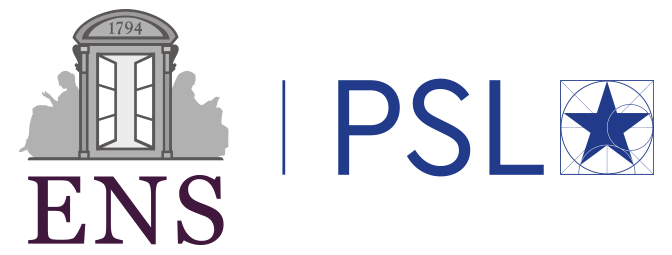Domaines
Condensed matter
Topological materials, Quantum Transport, Cavity Quantum Electrodynamics
Nanophysics, nanophotonics, 2D materials and van der Waals heterostructures,, surface physicss, new electronic states of matter
Type de stage
Expérimental Description
Two-dimensional (2D) Ge-based heterostructures have recently been put to the forefront of quantum technologies for their high mobility and as a platform for spin qubit architectures. Additionally, 2D-Ge forms high transparency contacts to superconductors (S), offering a promising platform for hybrid superconductor / semiconductor physics. This could have promising applications for combining superconducting with spin-based qubits.
In short S-Ge-S junction, the Josephson effect (dissipationless current flow) can be realized. Electronic transport is governed by only few conduction channels with conductance G=tau G_Q, where G_Q=2e^2/h is the quantum of conductance and 0 <tau < 1 is the channel transmission. In the superconducting state, each channel leads to a so-called Andreev bound state (ABS), which carries the supercurrent. In ballistic junctions with tau approaching 1, the ABSs can have intriguing properties which are the object of this project.
In this Master project you will fabricate and investigate 2D-Ge Josephson junctions based on new superconducting materials which form contacts to Ge with tau approaching 1. The next step consists in moving to 3- and 4-terminal Josephson junctions in 2D-Ge. Here, the ABS are more complex and can be varied by the quantum phases in each superconducting lead, which can lead to topologically distinct ground states. You will study the dc transport properties of multi-terminal junctions and confront the results to theory.
Contact
Xavier Jehl
